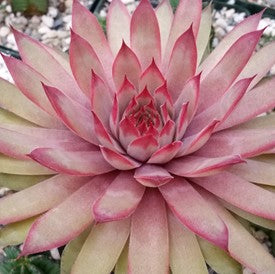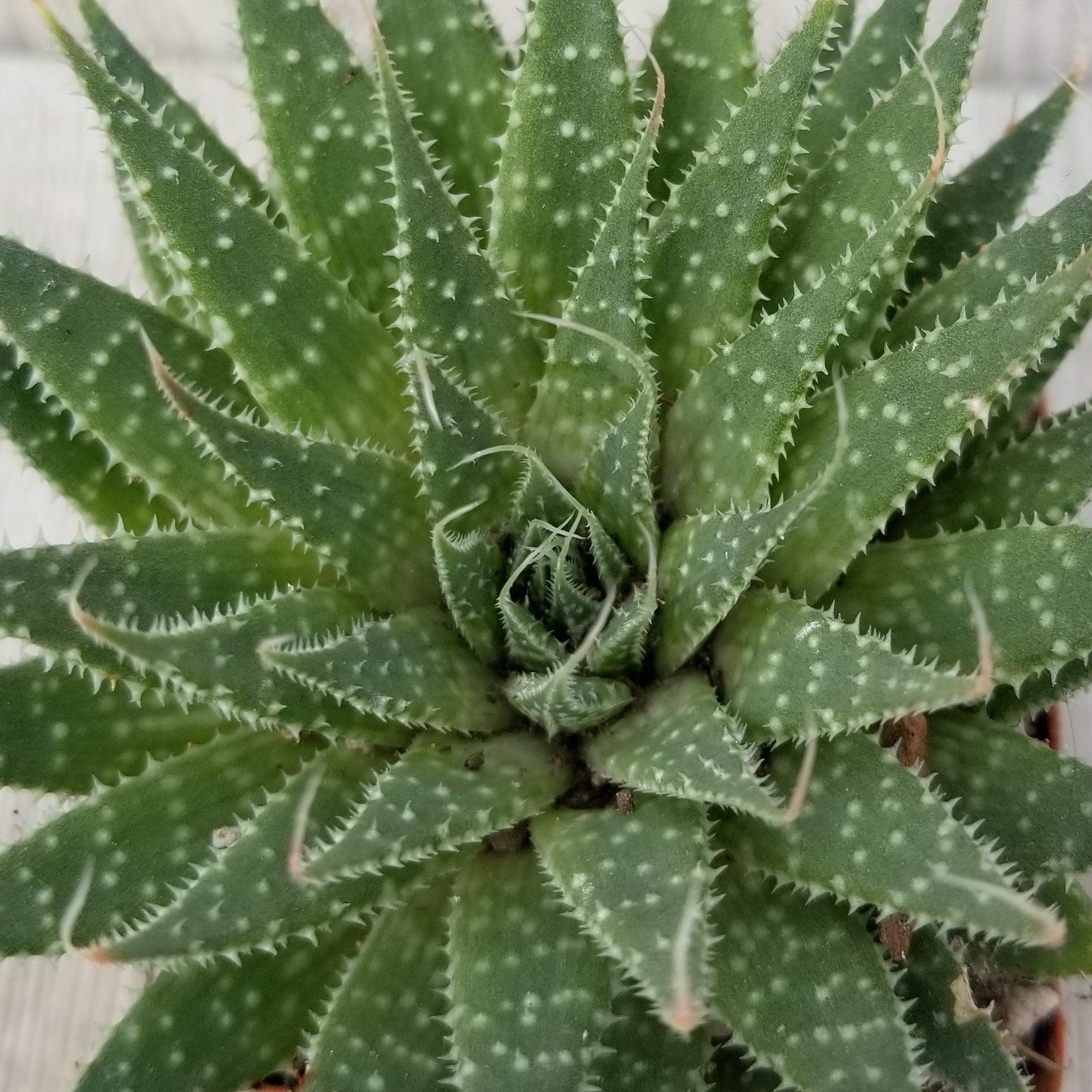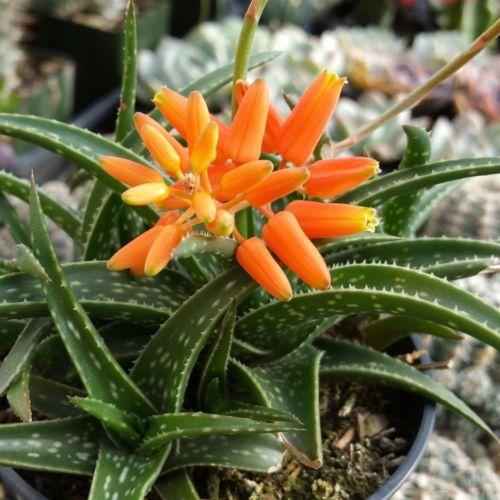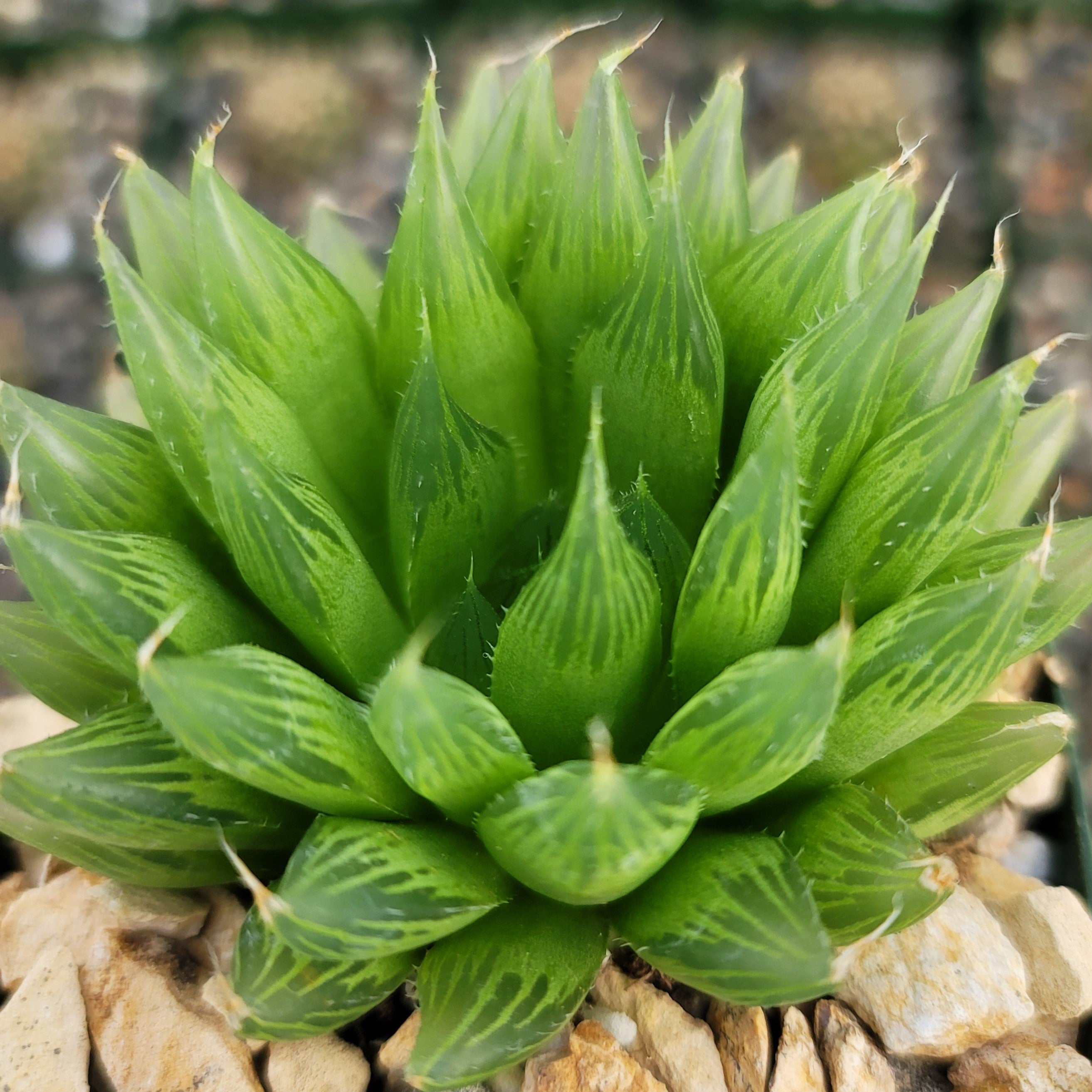Best Colorful Sempervivum for Autumn
Updated: January 28, 2025

Sempervivum or Hens and chicks are amazing entities in your garden. This is because of the way they can change colors every season. Be it spring, summer, or autumn, these creations of nature will always keep you mesmerized with their changing hues and glowing accents.
Sempervivum varieties are also referred to as houseleeks. They are hardy plants with their native habitat usually the wild hills and mountain slopes. At home, they are a good choice for growing in containers as indoor plants. They also look impressive in the rock gardens, along cracks in the pavement or dry-stone walls.
Today, we will talk about a few hens and chick plants that show their best colors in autumn. Since the Sempervivum succulents are frost-hardy, you can keep them outdoors during the winter season. Just ensure that they get enough sun, partially covered would do; and the water drains off well without clogging at the roots.
Best Colorful Sempervivums for Autumn
1. Sempervivum Calcareum
This is one of the beautiful houseleeks. Like all other hens and chick succulents, this one belongs to the Crassulaceae family too. It is a perennial succulent with pink Sempervivum calcareum flowers and green foliage making it a good option as a decorative houseplant. The plant grows to a height of about 20 cm and spreads 30 cm wide. The best place to grow this succulent is in the south or west-facing directions.
Calcareum Sempervivum is widely loved by gardeners due to its characteristic leaf coloring. The plant grows as gray-green rosettes. The striking feature is the reddish-brown tips of the leaves.
Sempervivum Calcareum care: The ideal growing conditions for this common houseleek are:
- Full sun
- Well-drained soil with added grit
- Repotting once almost every year
Sempervivum calcareum propagation: The baby rosettes or the chicks can be used to propagate the succulent. Carefully tease out the chicks and plant them in another location.
2. Sempervivum ruby heart
This is one of the common hens and chick varieties. The ruby heart plant is pretty easy to grow with the mother rosette and its bunch of fleshy leaves growing in the center and the tiny chicks growing around it. The leaves of the Sempervivum 'ruby heart' are sharply pointed ranging from silvery-blue to bluish-green color with a tinge of rosy-red towards the base. With colder temperatures, the red blush is more prominent. During the summer season, pinkish-purple hens and chick flowers appear on the plant.
Propagation of the Sempervivum ruby is via chicks or offsets. It is a good option to grow in containers, rocks, crevices, etc. The evergreen plant is drought-tolerant, rabbit-resistant, and an ideal option for ground cover.
Sempervivum ruby heart care: Here’s the best way to take care of the elegant Sempervivum red ruby:
- Light: Full sun to partial shade.
- Soil: Sandy loamy well-draining soil.
- Soil pH: Can be from alkaline to acidic.
- Watering: Water the ruby heart Sempervivum only when the soil is completely dry.
3. Sempervivum red beauty
This Sempervivum succulent has quite large rosettes. The evergreen plant has light green leaves that start getting a maroon tint at the center as the temperature falls. The hens and chick flowers of this variety appear in late summer as star-shaped pink in color, growing in clusters atop a spike.
Propagation of the Sempervivum red is best done by replanting the chicks.
FAQs
-
Sempervivum how to propagate?
This is how to propagate hens and chick succulents:
- Take a container with adequate drainage holes at the bottom.
- Fill it with the commercial potting soil that is typical for succulents and cacti. You can also DIY the soil mix by mixing 80-90% sand or pumice with about 10-20% of compost.
- This is the time to mix a general-purpose fertilizer into the soil. The quantity added should be half-teaspoon for every 2 cups of the potting mix.
- Now, water the soil and let it drain. Ensure that the soil is a bit damp.
- You can use a chick or an offshoot for propagation.
- The offshoot of the chick has to be gently planted in the potting soil.
- Now expose the plant to indirect or partial sun or artificial light.
- Remember to water only when the soil is completely dry.

-
How often should hens and chicks be watered?
Being succulent, houseleek plants have typical watering needs. Their fleshy leaves can store water; hence, they do not need excess water. But, underwatering can also cause them to lose their look or shrivel out. Every time you water the plant, do so only when the soil is thoroughly dry. After watering, ensure that the water drips away from the drainage hole so that the water never stands at the roots of the plant. The soil should never get soggy.
-
How much sun do hens and chicks need?
The ideal light requirement for the Sempervivum hens and chicks is full sun to partial shade. This means that the plant should get about six hours of full sun exposure daily. This is primarily because it is an outdoor species. However, continued full sun exposure may harm the plant. You need to keep it shaded during the afternoon sun.
-
What is the meaning of Sempervivum?
The word Sempervivum stands for ‘always alive.’ It is important to note that this species is monocarpic. Once it blooms, it will die. But, even if the mother plant dies, the chicks are quick to fill the space left void by the mother.
-
Name some of the other colorful Sempervivum species.
Some of the common ones are – Sempervivum Black, Sempervivum Dallas, Sempervivum Torrid Zone, Sempervivum Bora, Sempervivum Jade Rose, Sempervivum Artemis, Sempervivum unicorn, Sempervivum Jowan, Sempervivum Olivette, Sempervivum Tan, Sempervivum Eddy, Sempervivum Fashion Diva, Sempervivum Killer, Sempervivum Rita Jane, Sempervivum Corsair, Sempervivum Terracotta Baby, Sempervivum Purple Haze, Sempervivum Magnificum, Sempervivum Hairy Balls, Sempervivum Windstille, Sempervivum Pippin, Sempervivum Raspberry Ice, Sempervivum Purple Dazzler, and Sempervivum Cobweb Houseleek.
You can order all these and other colorful Sempervivum varieties from the internet’s best succulent and cactus store, Planet Desert!
























